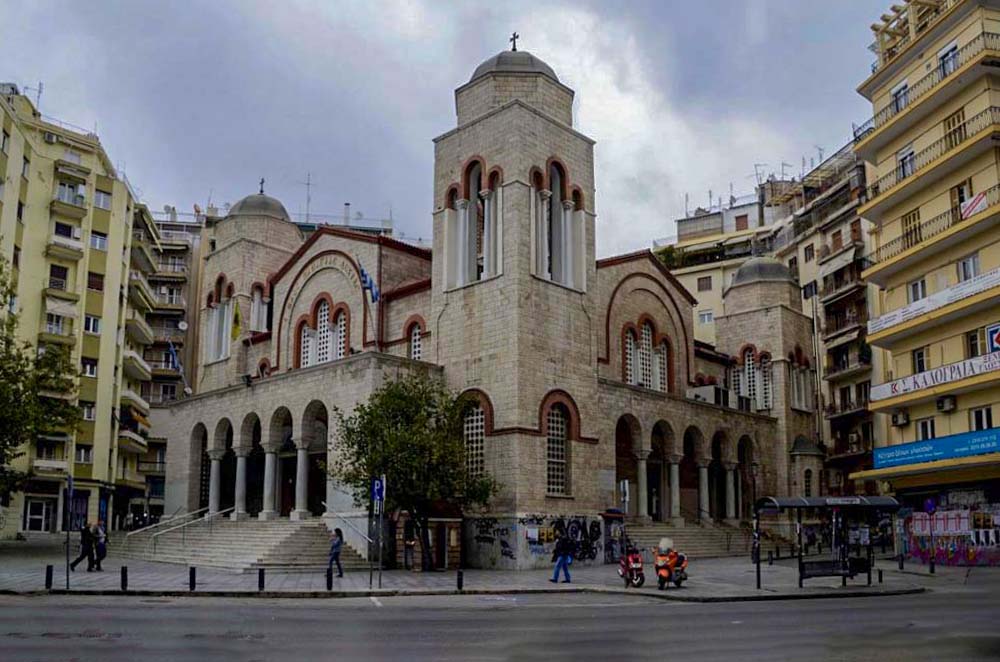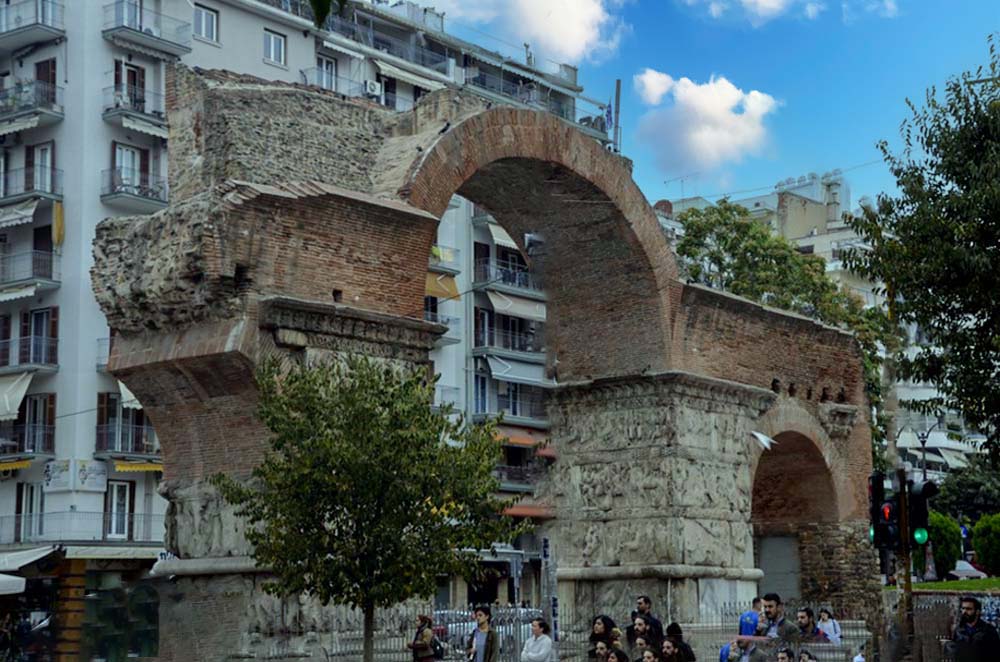Greece, it's a pleasure
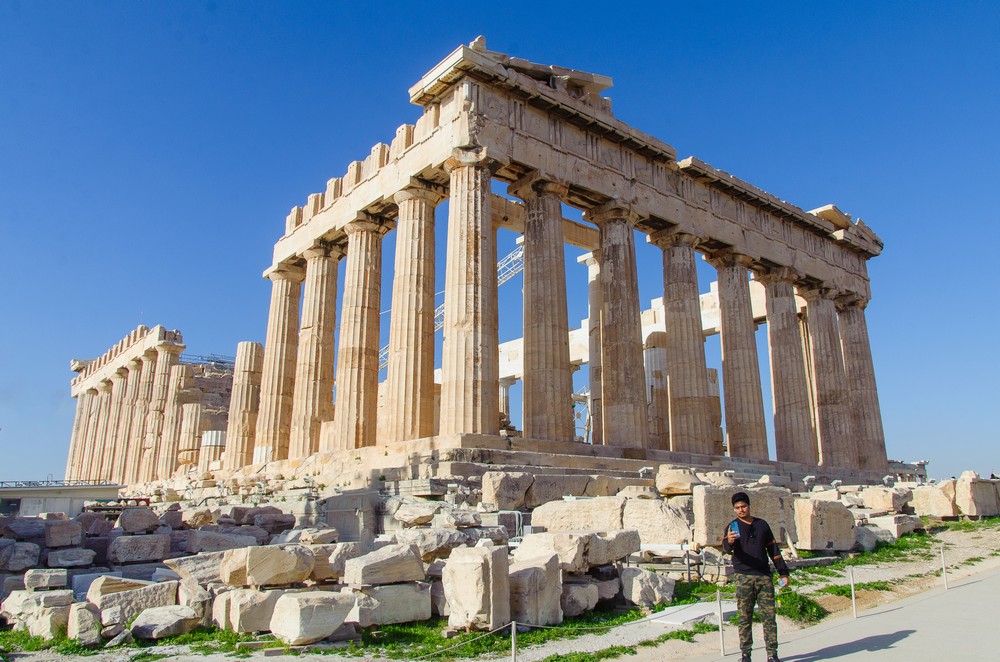
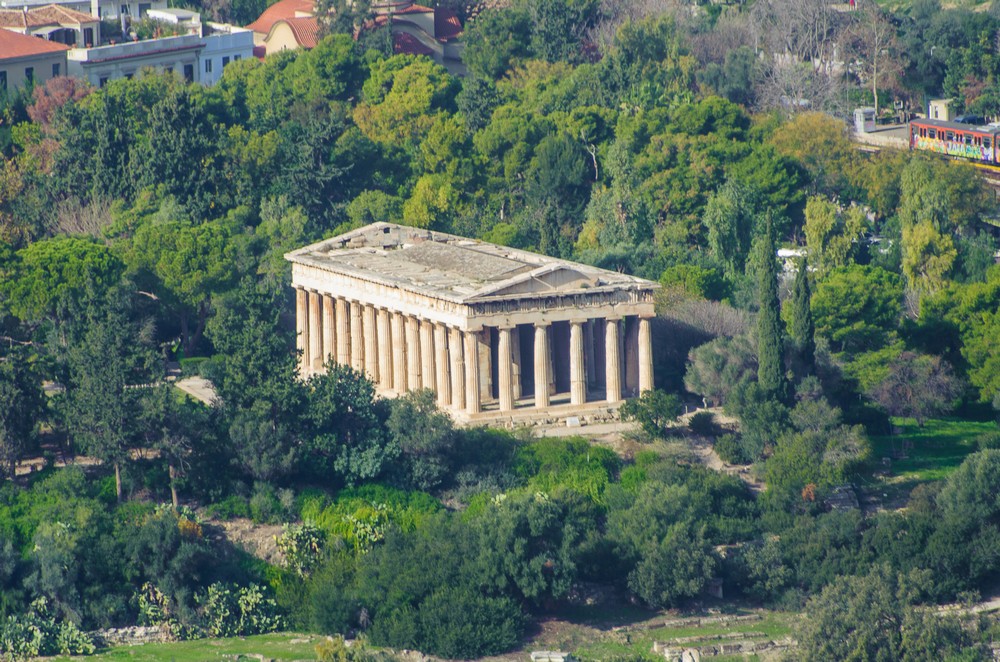
Wonderful Athens
Wonderful weather greeted us upon our arrival in Athens. After checking into the lovely Sol Hotel, we set out on our first excursion.
The Acropolis, including the Parthenon, the Erechtheion, and the Temple of Athena Nike, transported us back to ancient times, despite the large crowds whose camera clicks could be heard as they snapped pictures of each intricately designed column or statue.
After a light meal at one of the taverns, we continued our journey through the ancient Agora to see the remnants of the old market and political center and up to Areopagus Hill to visit the site of the ancient Athenian court.
We concluded the day with a visit to the National Archaeological Museum, which boasts a vast collection of ancient Greek artifacts and art. For dinner, we stepped into a local tavern with a Greek band that delighted us with familiar tunes.
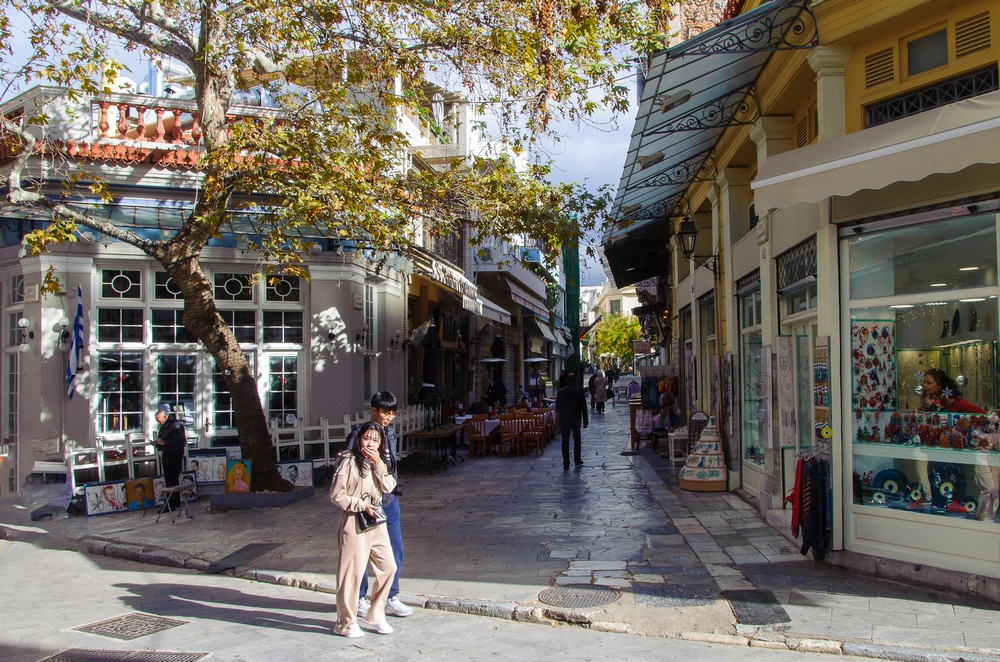
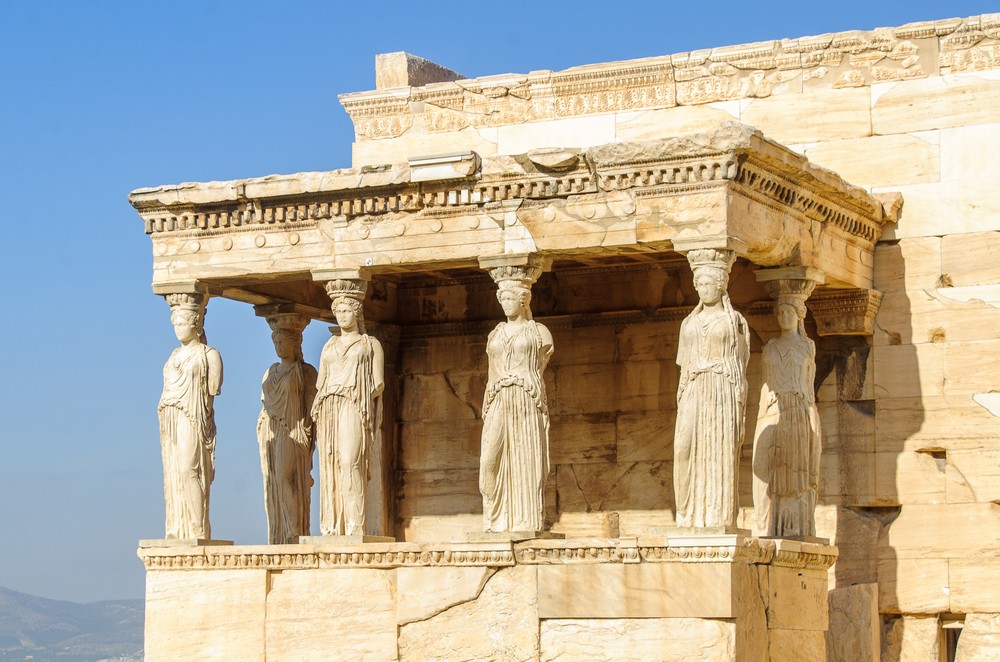
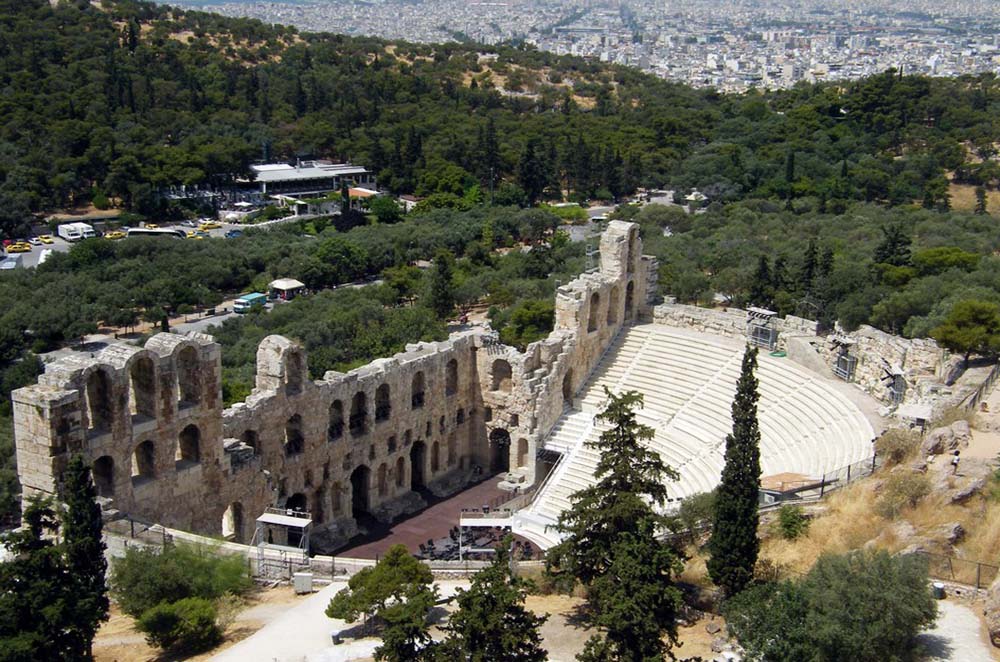
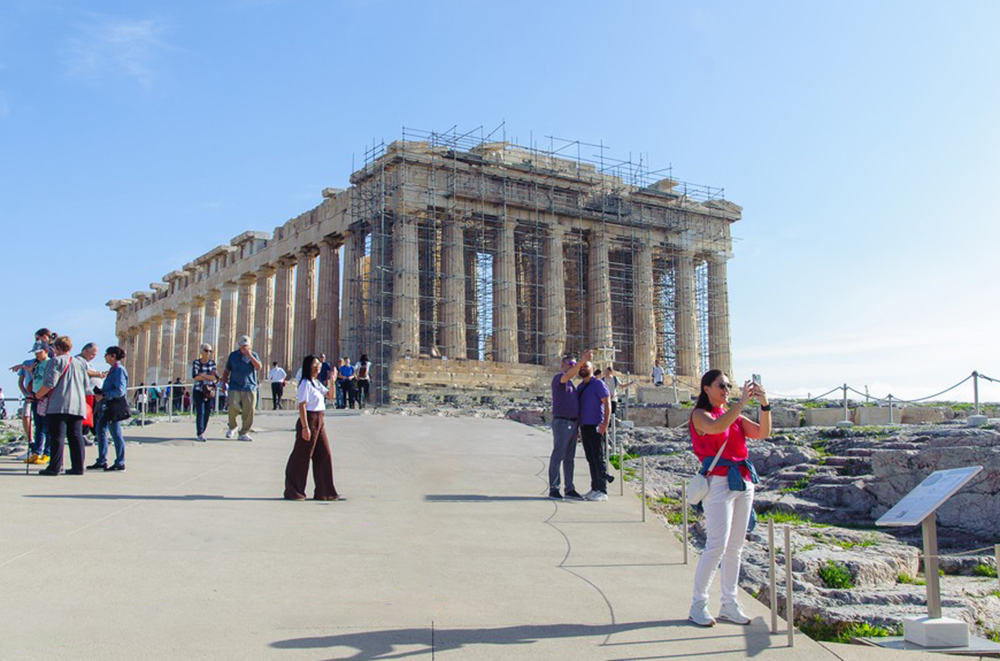
Piraeus
The following day, we headed to Piraeus for lunch on the beach. The metro took us to the charming city, where we walked through the narrow streets and climbed the stairs to the top of the hill. We had to stop and catch our breath
every few flights, but the easy descent to the restaurant where we had booked a table awaited us. We were warmly welcomed by a gracious hostess and seated at our table. The fish was excellent, as were the salads and dessert, and we sauntered back to the metro to return to Athens.
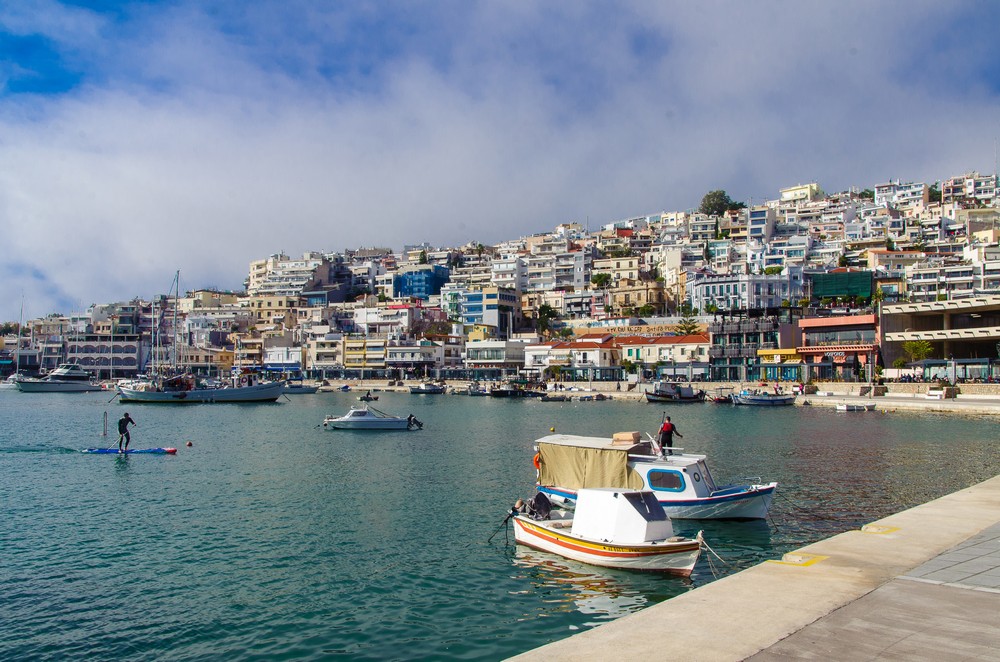
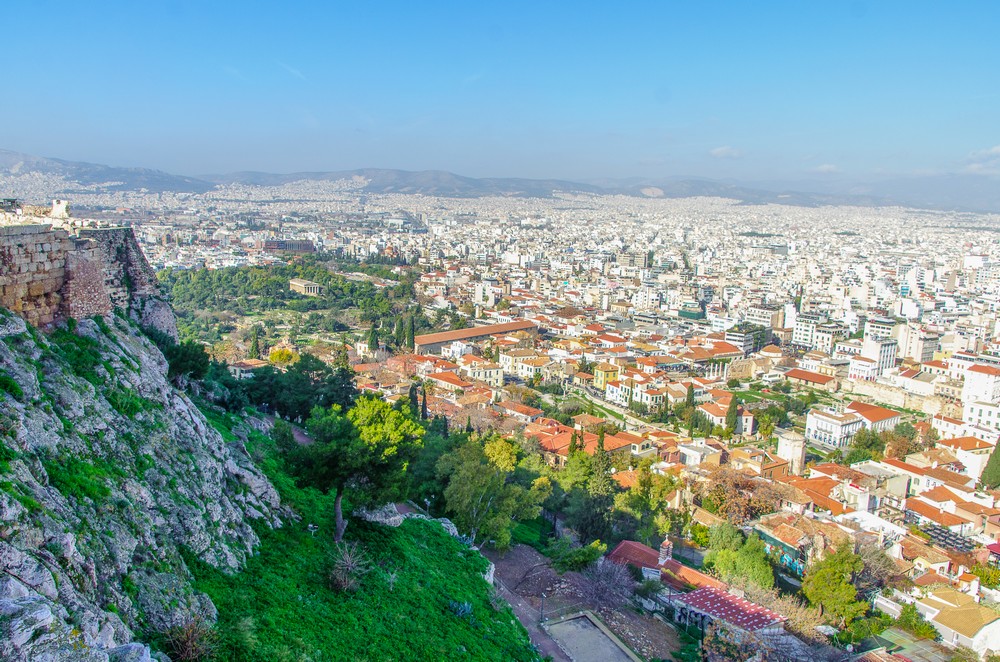
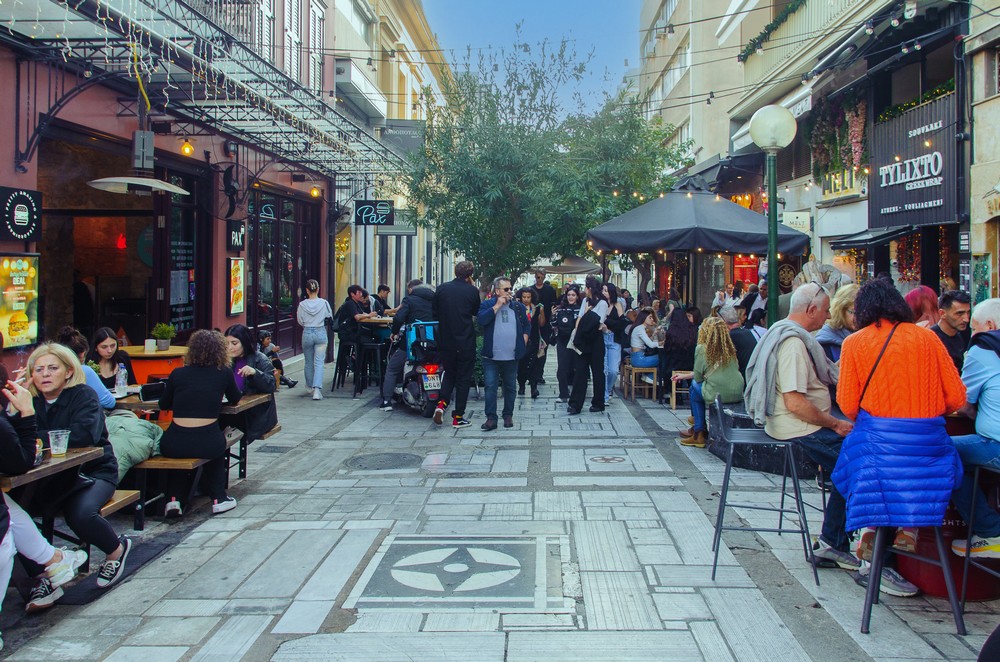
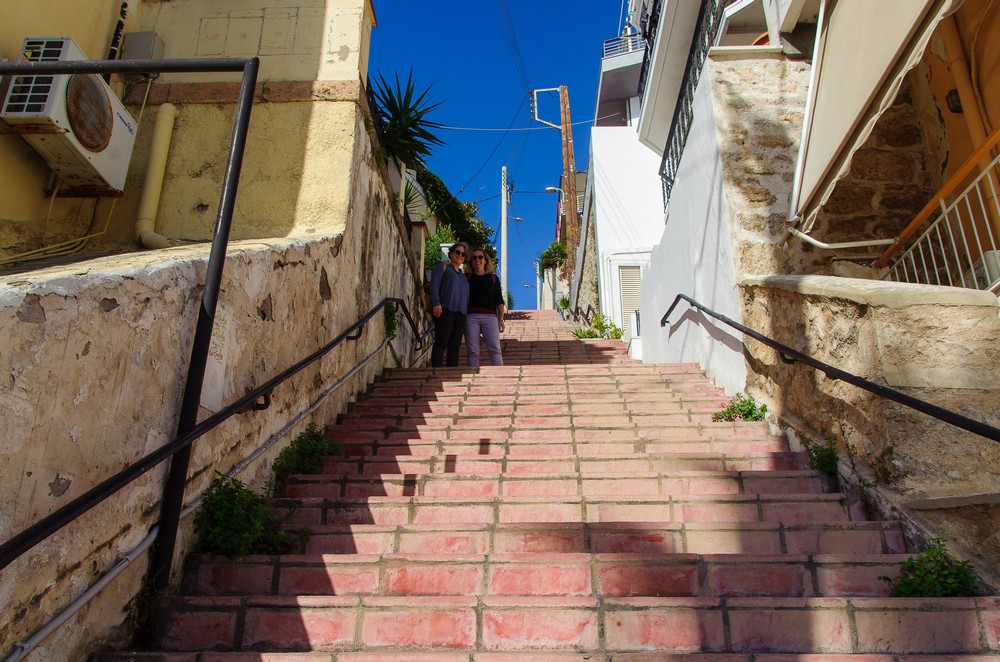
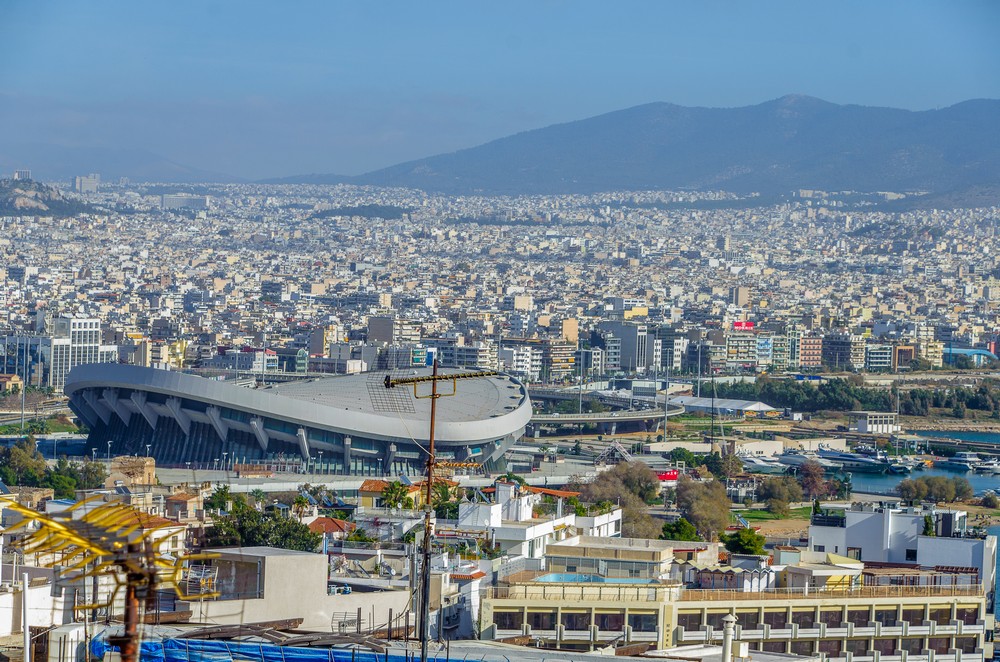
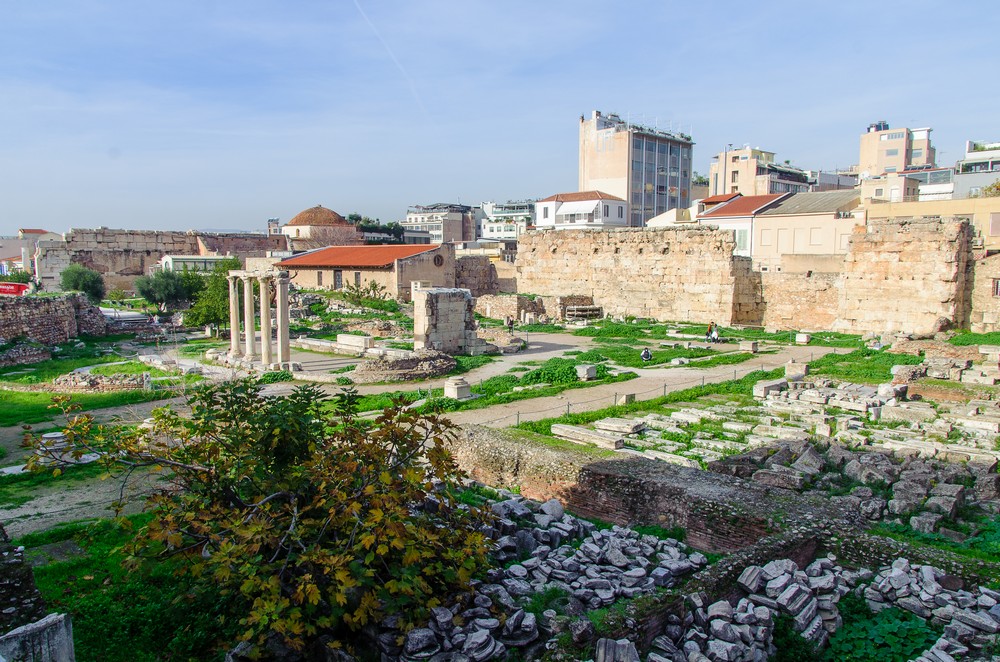
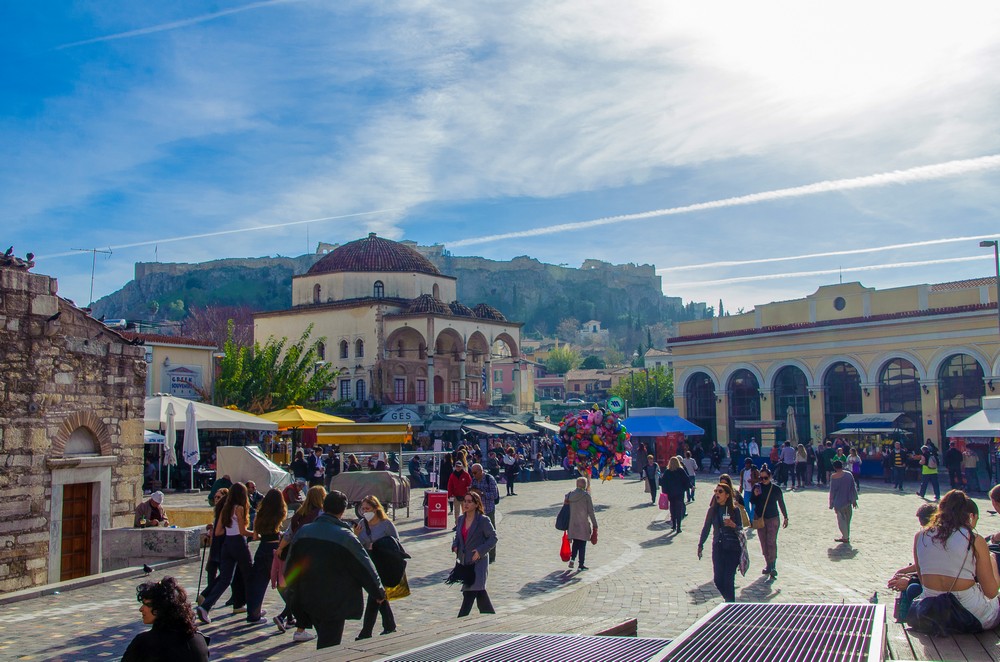
Back to Athens
The next morning started with coffee and pastries, we visited the Temple of Olympian Zeus and the Arch of Hadrian, both from the Roman era. We stopped at the kerameikos ancient cemetery to see the ancient graves and proceeded to the Roman Agora and the Tower of the Winds to gain insight into ancient Athenian life.
Unfortunately, the cold weather had arrived. We spent the next day on a walking tour of the picturesque neighborhoods. The decorated shop windows proved that life in the city continues even during the cold weather. The chill seeped into our bones, and we frequently sought refuge in cafes to warm up. We had made a reservation at a restaurant on the roof of one of the buildings with a view of the Acropolis, but the cold was too much for us, and the prices were unreasonable. We left the restaurant, apologizing. We decided to try another restaurant, as recommended. It was located between two houses and was cozy and warm. To our surprise, there was a band playing authentic Greek music that entertained us. It was a beautiful end to a busy day.
For those interested in a wine and food tour, check out Mira Eitan’s article (The language of Mira’s article is Hebrew), “in the tavern But not only: food, drink and shopping in Athens“.
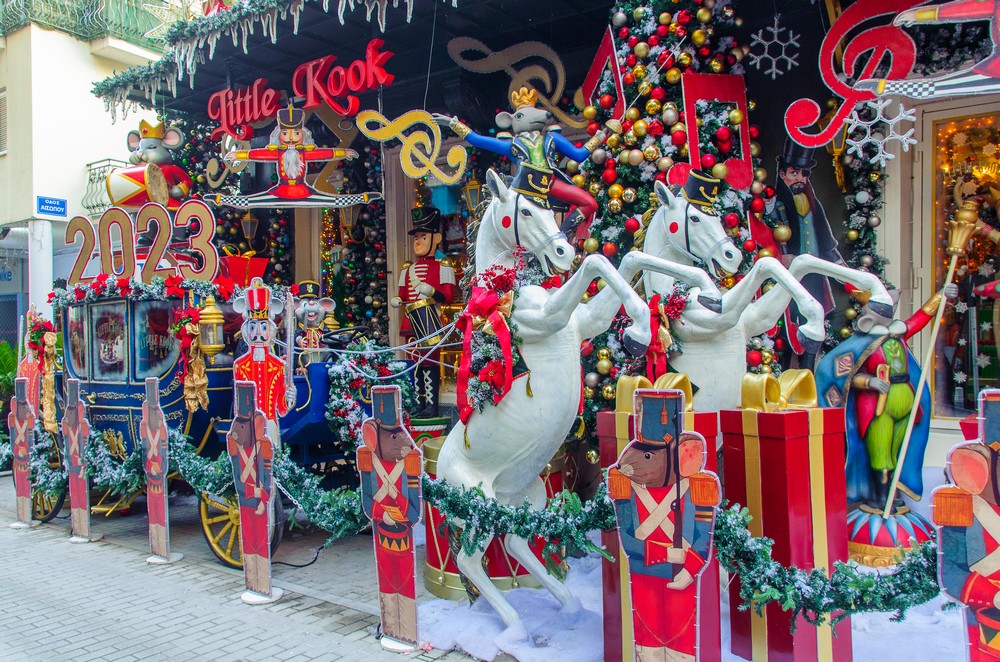
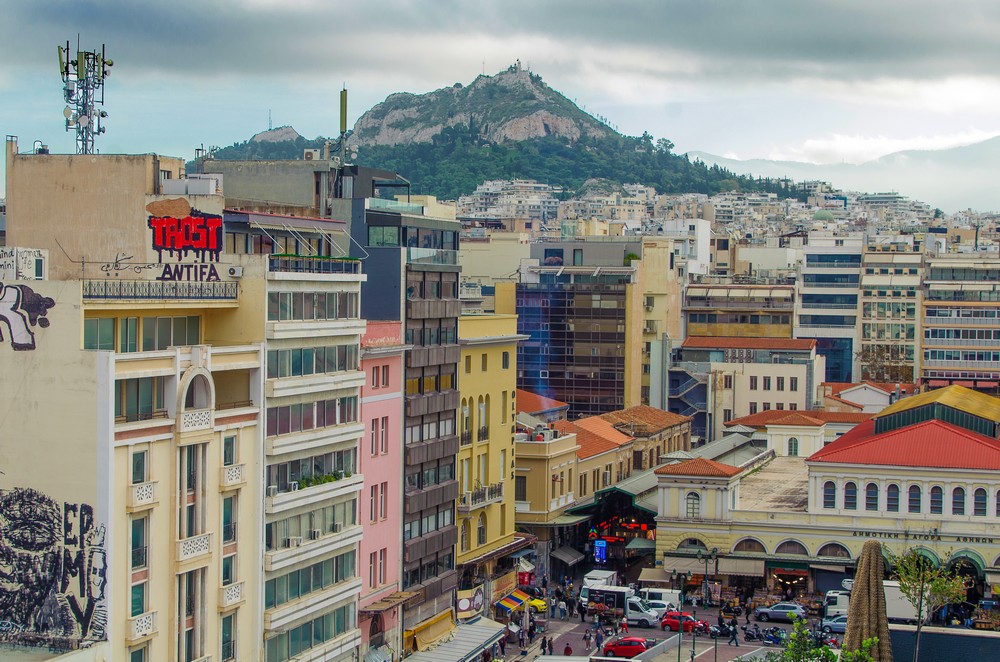
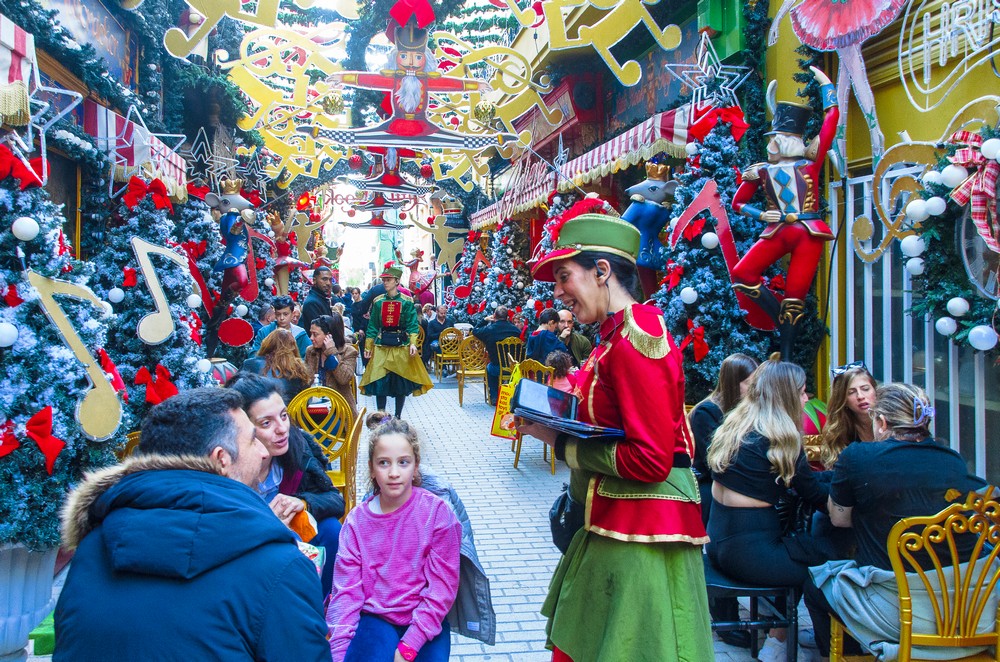
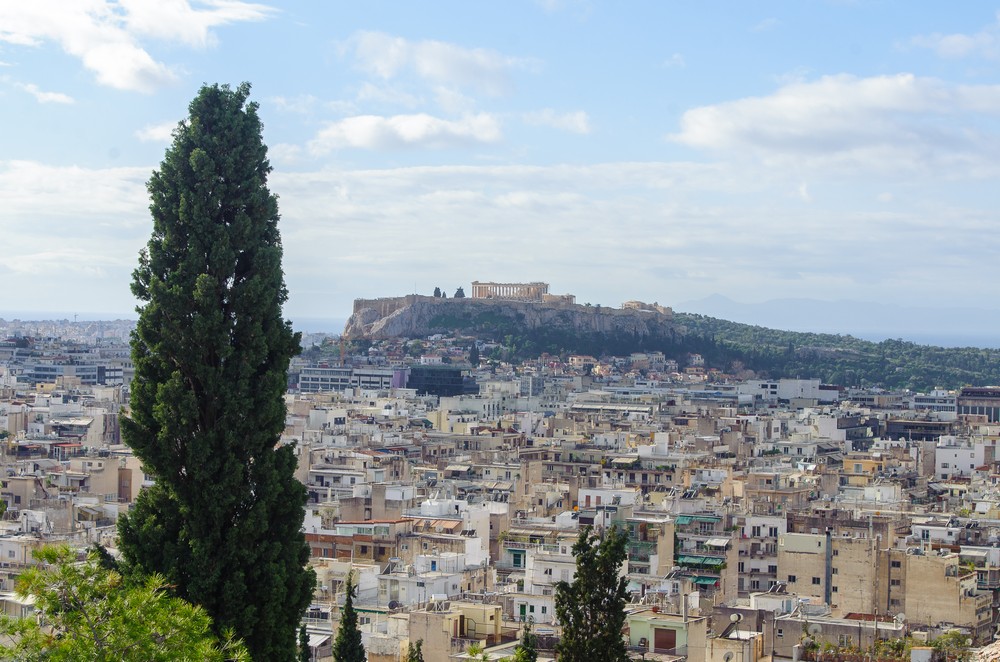
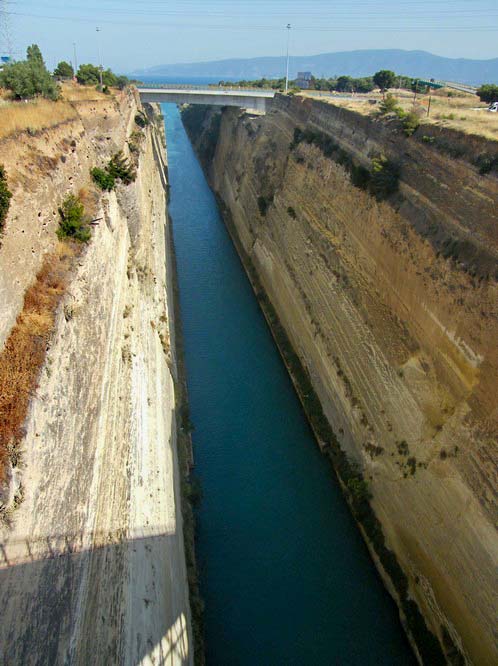
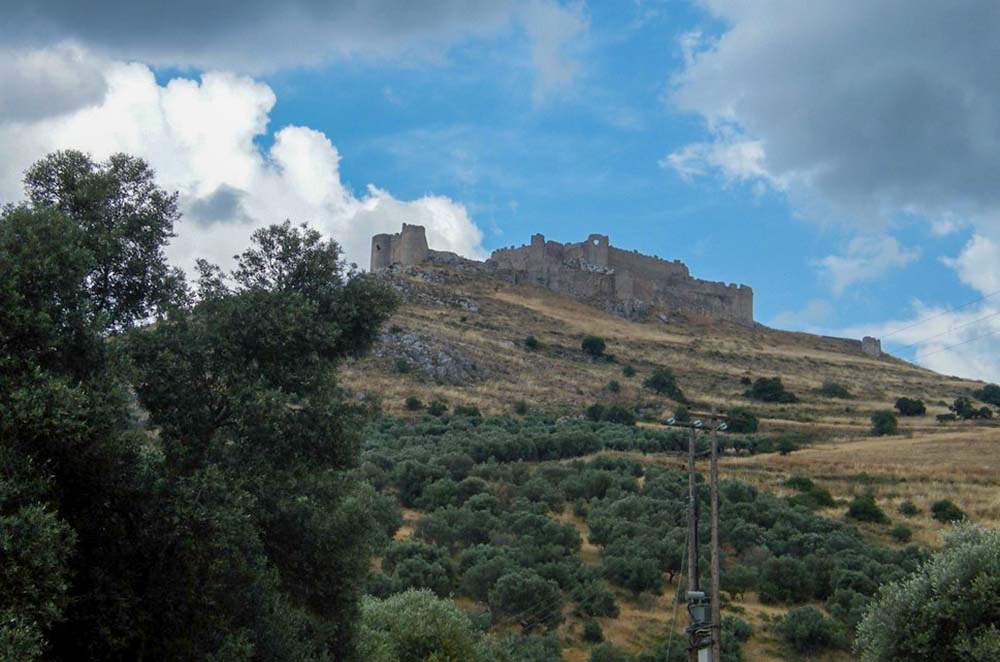
The Peloponnese
The Corinth Canal separates the mainland of Greece from the Peloponnese peninsula, shortening the sailing route from Athens and Piraeus to the west of the continent. The city of Nafplio, located by the sea, is beautiful and clean. The Venetian-style houses in the town cascade down the cliffs of Argolis to the beach. The old city boasts picturesque and romantic alleys, while the port is full of restaurants. Above the city rises a huge citadel among three forts, offering a spectacular view of the city and bay.
For travelers heading south, the Taygete’s mountains provide a wonderful area for hiking. Carob and olive trees blanket the slopes, while higher up, oak, fir, and black pine trees can be found. Between the peaks are small, magical villages. Travelers can continue on to the southern city’s Kalamata or Sparta.
In the west, the city of Olympia offers a taste of history and archaeology. Further north, the Varicose Canyon descends steeply from the Arcadia Mountains to the Gulf of Corinth, surrounded by orchards and a sloping stream with waterfalls, featuring a miniature roller coaster built in the 19th century. The nearby town of Kalavrita is known for its bloody history, where over 1,400 of the town’s boys were massacred by the Nazis following the activities of Greek partisans in the area. The church tower clock in Kalavrita still displays the time of the massacre. The beautiful village of Diakopto, located in the Gulf of Corinth, is also worth a visit.
We went on a mountain tour that included visiting the monasteries of Meteora. These monasteries were founded by monks who sought to be closer to the sky on the high rock cliffs. The place is truly spectacular and breathtaking. Afterward, we continued our tour through the beautiful villages of Zagoria before returning to Athens.
For those interested in a wine and food tour of the Peloponnese, check out Mira Eitan’s article (The language of Mira’s article is Hebrew), “Wine Tour in Greece – Peloponnese.”
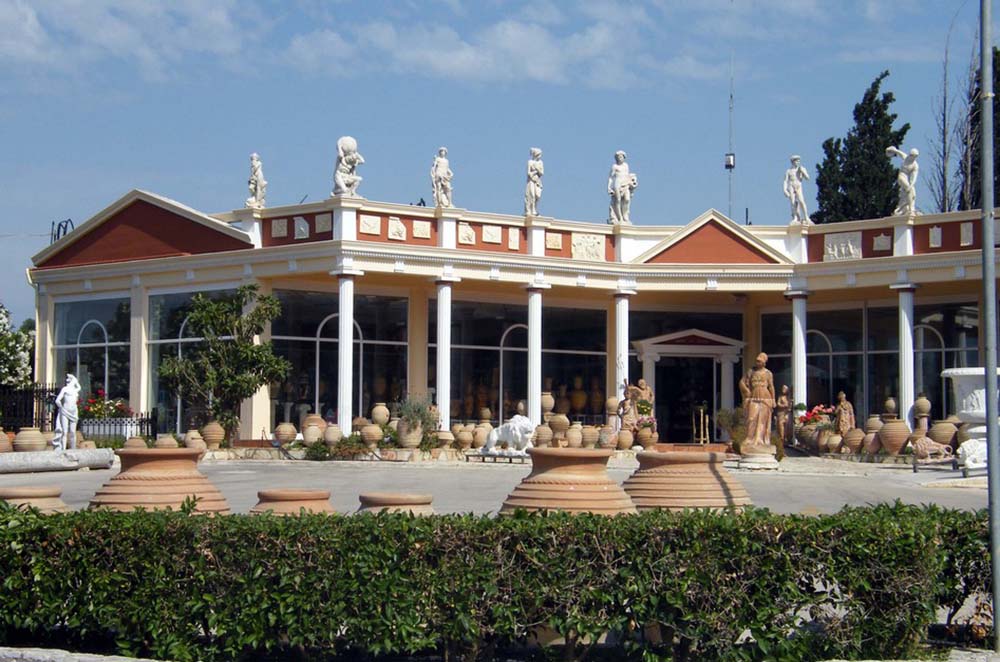

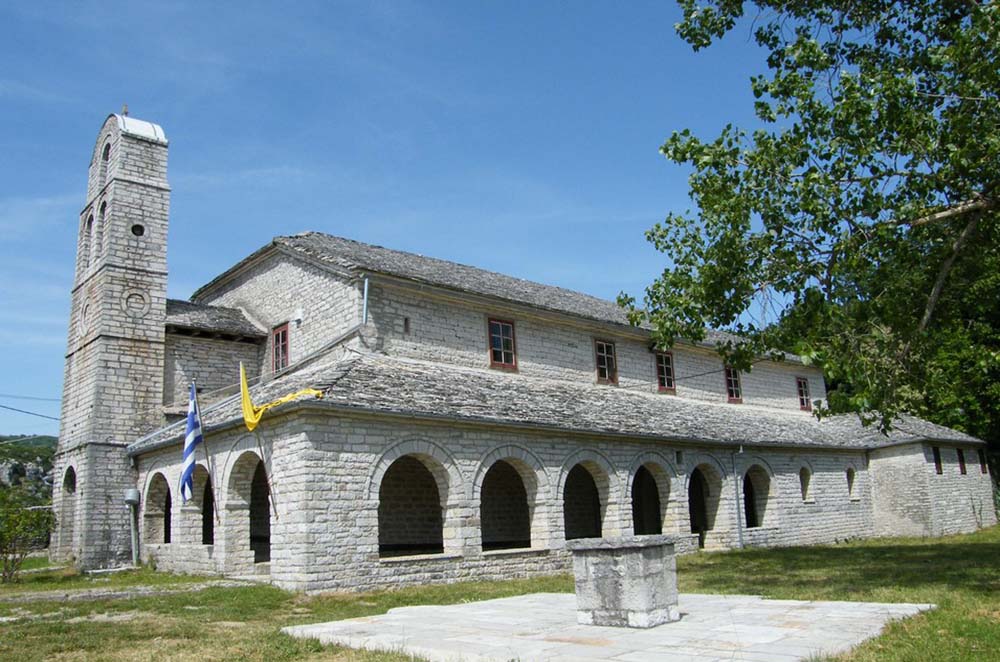

Philion peninsula
A small fishing village called Pigadi, located halfway between Athens and Thessaloniki in front of the Philion peninsula, is a tiny and quiet village where people make a living through fishing or hospitality. In the morning, a vehicle distributes bread to homes and a fleet of fresh fish and vegetables also arrive in this manner. The local entertainment involves sitting in taverns and drinking Tsipouro, a type of alcoholic drink.
Near the village stands the mountain of Otris, also known as the “Mountain of the Titans.” On its slopes are four villages and olive, oak, and chestnut trees. From time to time, one can come across monasteries, as in many parts of Greece. An hour’s drive from Pigadi is the Pelion peninsula, located between the Pagasiticos bay and the Aegean Sea. The mountain reaches a height of 1,700 meters and is a popular tourist destination all year round, with breathtaking views of forests, springs, and streams flowing down to the coast.
Picturesque villages built on terraces on the mountain slopes have roofs made of local slate rock. Stone paths lead between Byzantine churches and ornate walls. The entrance to the peninsula is through the large port city of Volos, a large and welcoming tourist city with a promenade lined with taverns serving local cuisine. On the way up the mountain, one reaches the village of Portaria, from where the bay can be seen in all its glory, and the village itself offers colorful confectionery stalls, a huge dolav tree in the Central Square, and pleasant taverns.
Further on, lays the village of Makrinitsa, also known as “The Porch of Pelion”. It is a beautiful village with slate houses and in its square stands a huge, hollow “Dolev” platanus tree that is a thousand years old. No tourist passes through the village without taking a picture inside it.
The village of Chania, located about 1,200 meters above sea level, is a ski resort during the winter, giving the feeling of being at the edge of the world. We then traveled down a winding road to the coastal town of Agria, where we fed ourselves at a local tavern before returning to the bustling city of Thessaloniki.
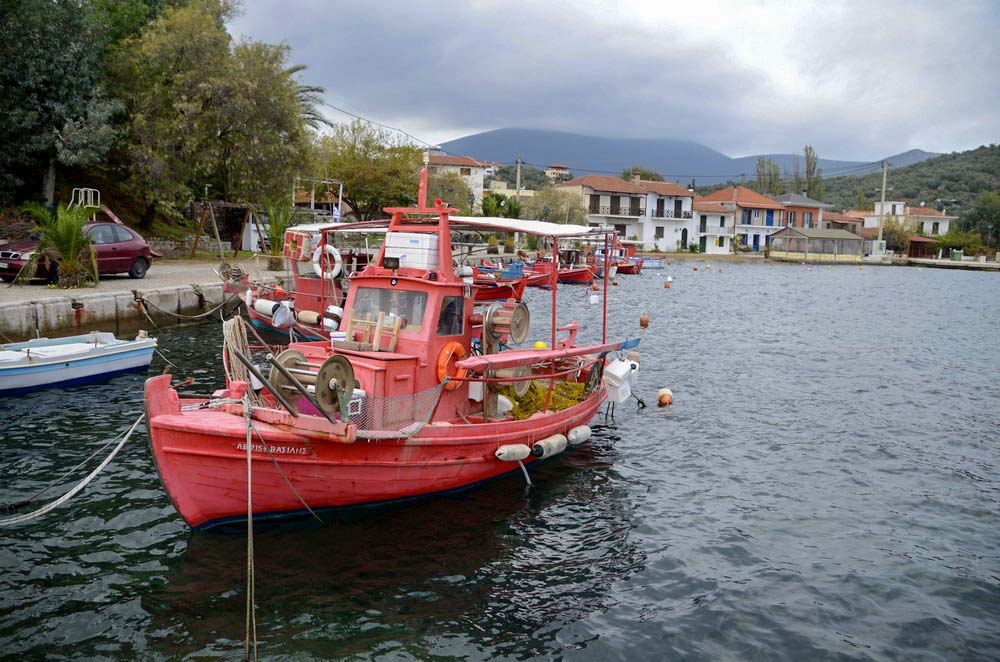
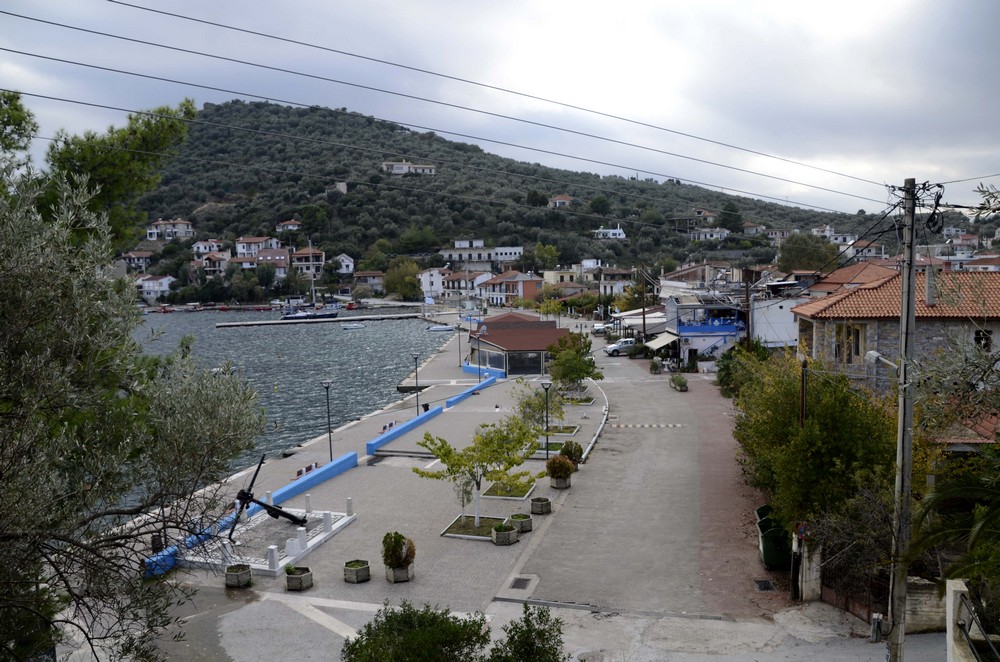

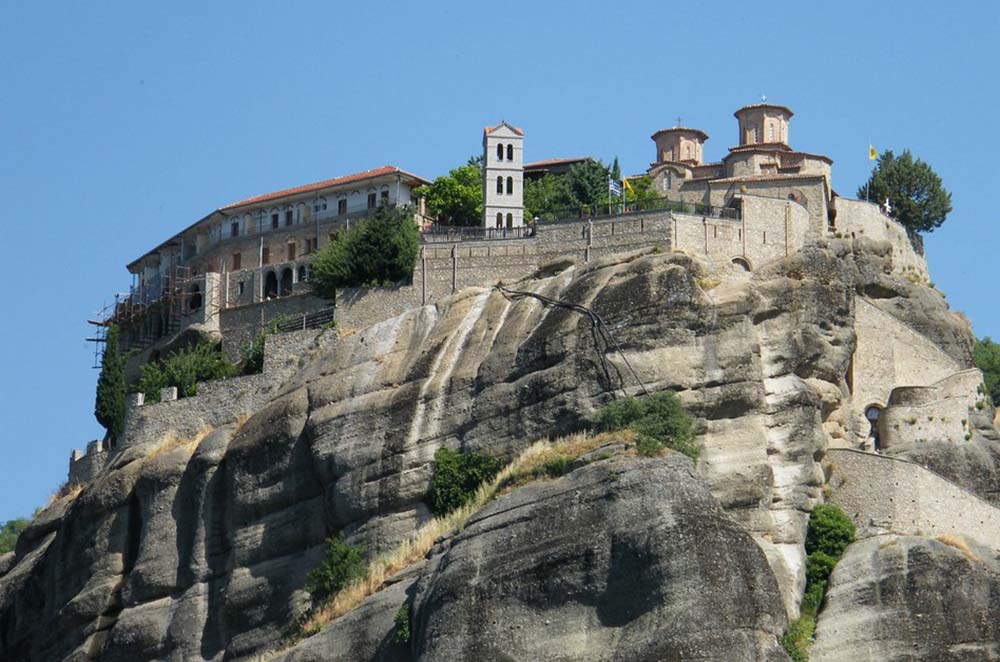
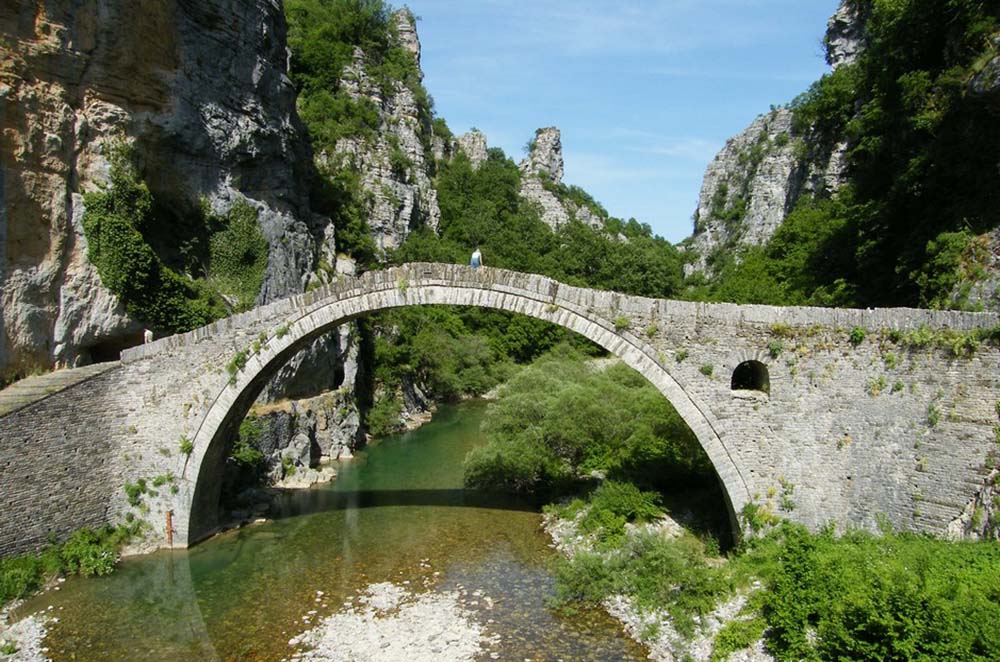
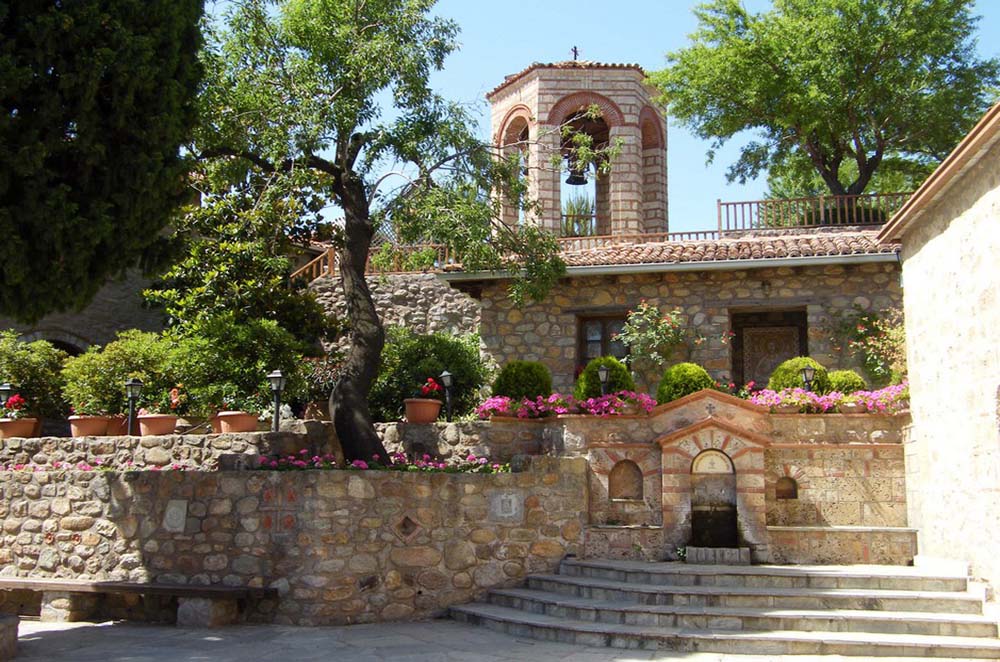

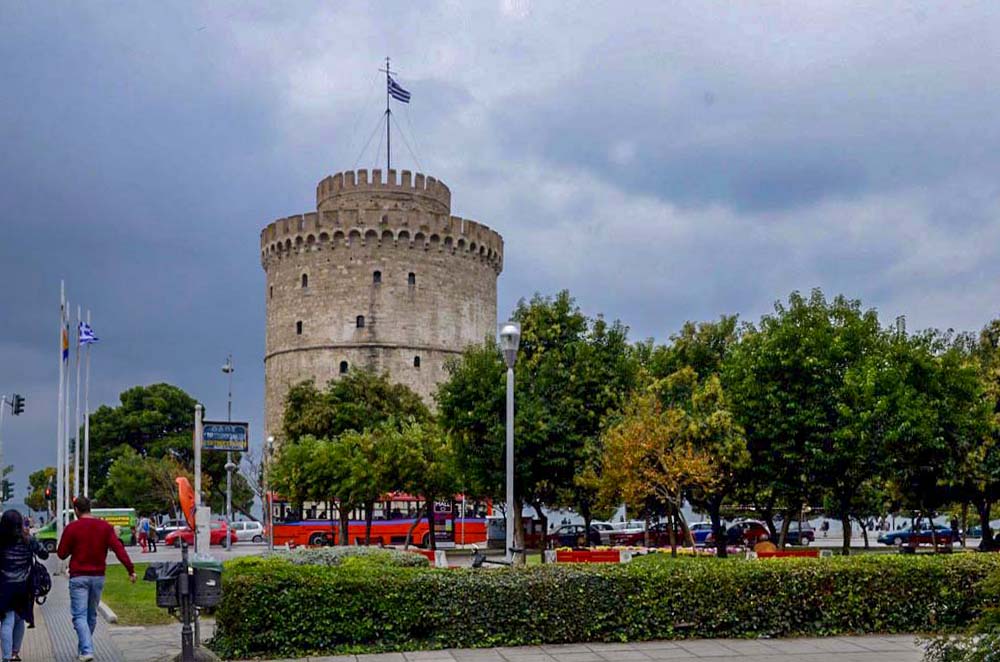
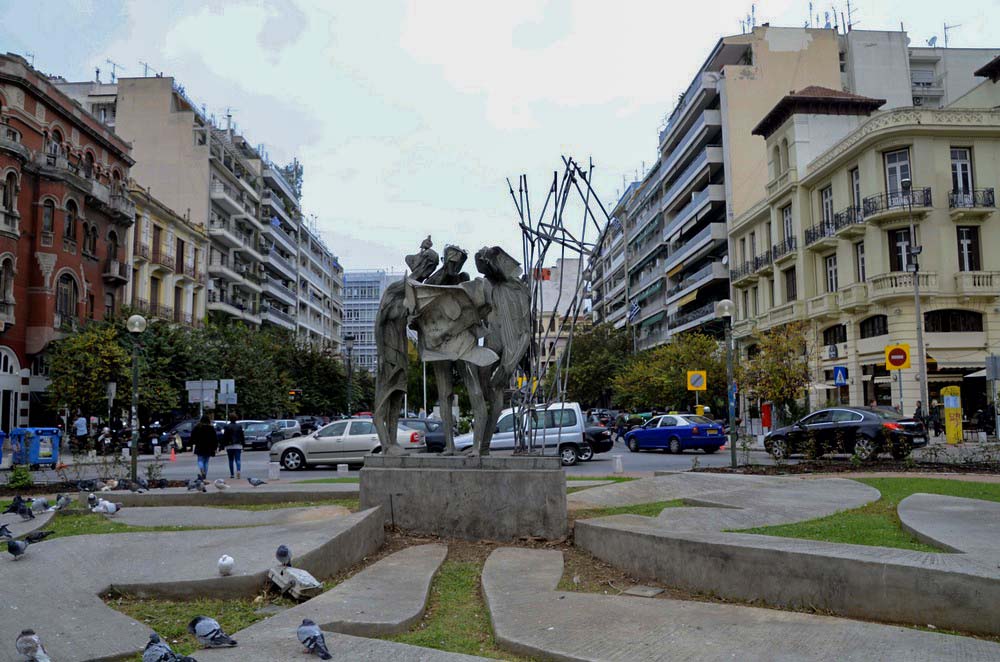

Thessaloniki
The city of Thessaloniki is a delight for the young. Although it may not be one of the most beautiful cities I have ever seen, it is definitely a lively and pleasant city that offers numerous tourist attractions such as the White Tower, the Jewish Museum, beautiful churches, the Rotunda, and the Triumphal Arch built in honor of Emperor Galerius. The beaches, promenade, and taverns are loaded with excitement.
The wide Aristotle’s Square extends from the promenade to the foot of the hill crowned with ancient walls, offering many entertainment options. From the square, picturesque alleys lead to the colorful and bustling Modiano market, and it’s a pleasure to sit in the many small, cozy taverns.
Greek cuisine is simple and delicious, and in my opinion, every place we ate at served good food.
For more information about food, entertainment, and winery tours, check out Mira Eitan’s article (The language of Mira’s article is Hebrew) in the attached link: “Culinary Trip in Greece.”



